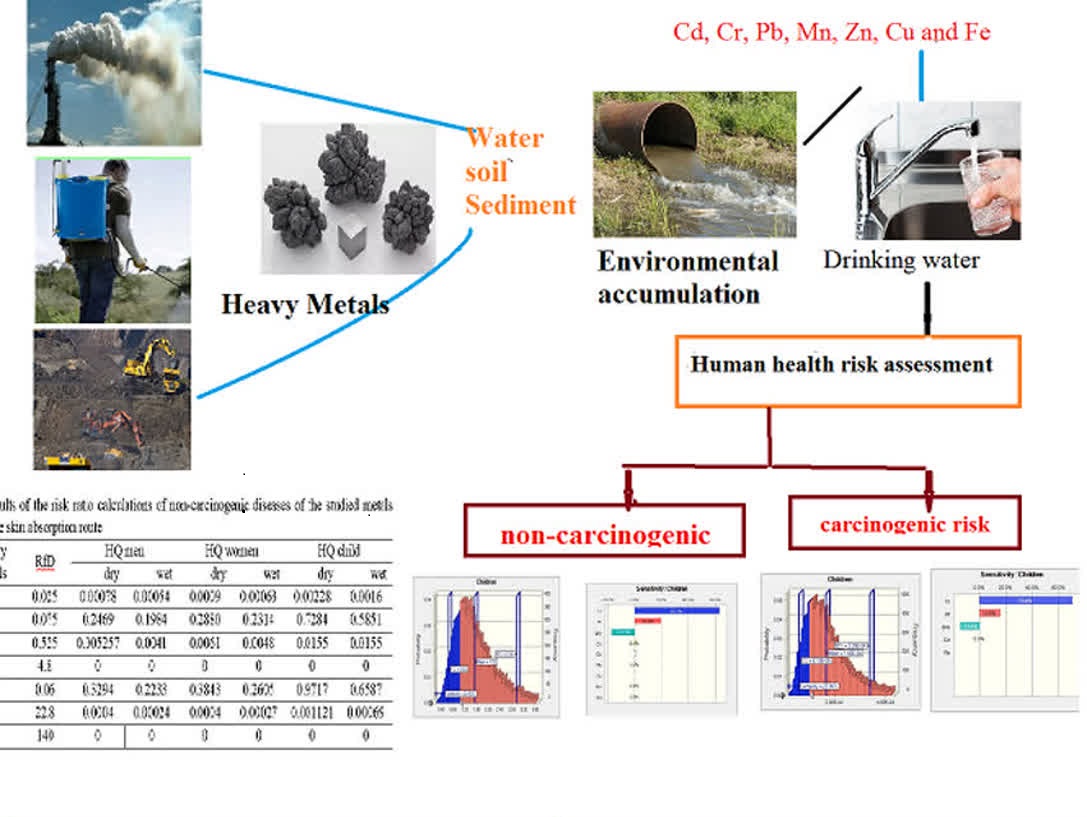-
VolumeVolume 27 (2025)
-
Issue
-
Pages1-11
- gnest_07571_final.pdf
-
Paper IDgnest_07571
-
Paper statusPublished

Heavy metals are among the most harmful pollutants found in drinking water sources, causing serious damage to the body's metabolic, physiological, and structural systems. This study aimed to assess the concentrations of lead, cadmium, chromium, copper, zinc, iron and manganese in 50 groundwater samples from 25 water supply wells during wet and dry seasons. Water quality was comprehensively assessed using the Heavy Metal Evaluation Index (HEI), Heavy Metal Pollution Index (HPI), Contamination Degree (CD) and Metal Index (MI). Carcinogenic and non-carcinogenic risk assessments were performed using deterministic and probabilistic approaches for at-risk populations. Based on the results, zinc showed the highest concentration followed by chromium in both wet and dry seasons. Based on the non-carcinogenic risk assessment, the highest level of heavy metal contamination showed the highest concentration in children and adults. chromium had the highest carcinogenic risk in adults and cadmium had the lowest in children. In terms of sensitivity, the concentration and amount of heavy metal consumption significantly affect the carcinogenic and non-carcinogenic risks.
Total file downloads: 7